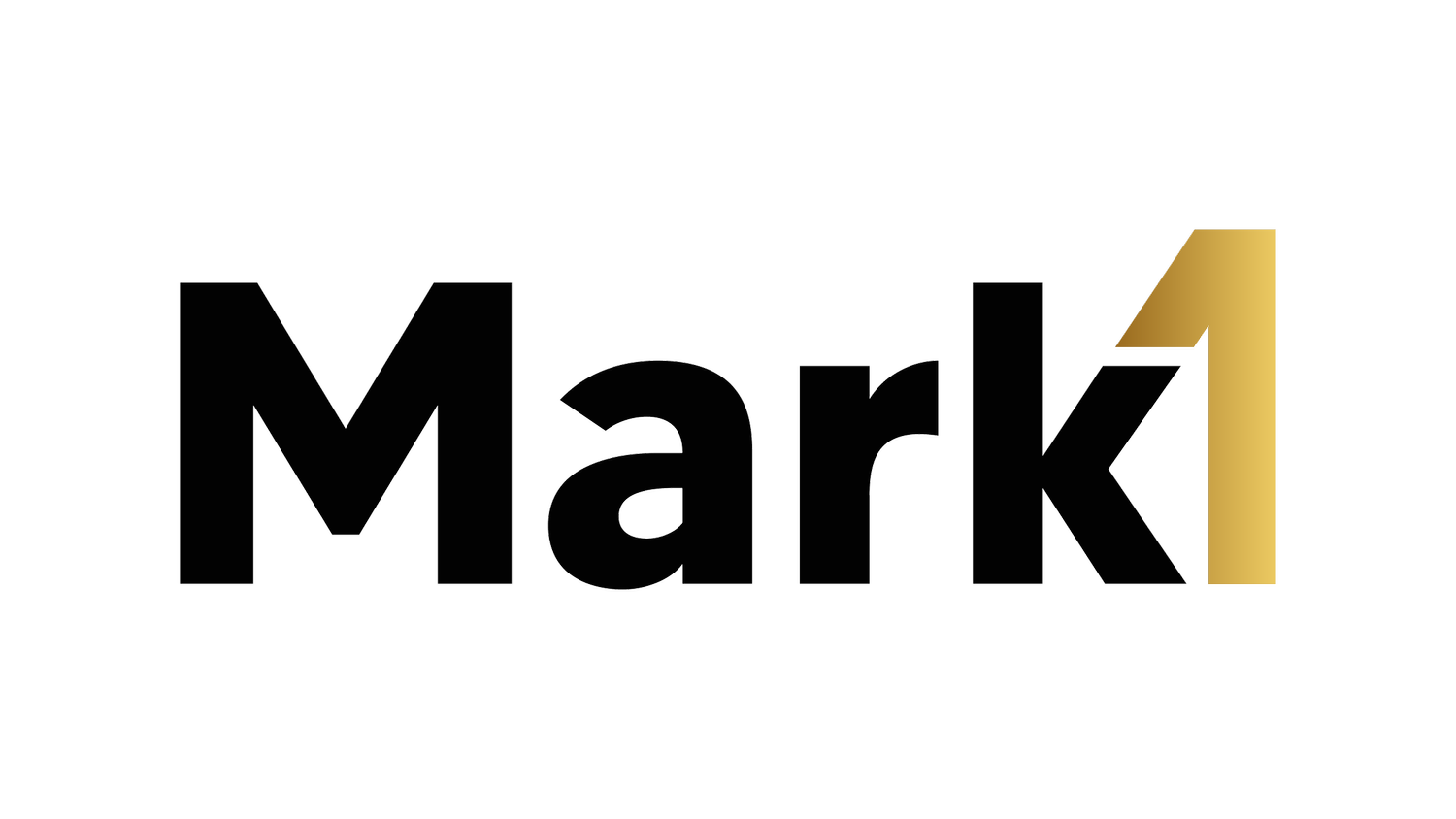How I Explain What $1 in Marketing Did This Quarter.
The One-Slide Framework Every CMO Needs.
TLDR
Marketing teams often bury performance in spreadsheets and jargon. But the C-suite doesn’t want 40 KPIs — they want clarity.
This post gives you the $1 in Marketing Framework — a one-slide method to prove ROI, turn spend into story, and inspire belief from the boardroom down.
You’ll learn:
How to connect marketing dollars to business impact.
The four-part structure that makes the story clear.
Real examples you can adapt for your next quarterly report.
The problem: Marketing data doesn’t move the boardroom.
Most marketing reports are built for marketers.
Charts, ratios, and acronyms that mean everything to your team — and nothing to your CEO.
When the question comes — “What are we getting for this spend?” — they’re not looking for a dashboard. They’re looking for conviction.
That’s why I started using a single slide to answer it:
What did $1 in marketing do this quarter?
The $1 Framework: Turning spend into story
Your goal is to move from data to belief. The $1 Framework does that by simplifying everything into one clear story of return, backed by logic.
Here’s how it works.
Layer 1: The Headline Number
$1 in marketing generated $X in sales.
That’s it. One ratio. Clean, truthful, and powerful.
For example:
“We invested $307,000 this quarter and generated $4,020,000 in invoiced sales — a 13.1× return.”
This is the number that reframes marketing from cost center to growth engine.
Layer 2: The Breakdown
Once you’ve earned attention, show where that dollar worked hardest.
Three categories are all you need:
Lead Generation — Demand creation and first touchpoints.
Conversion — How those leads became revenue.
Retention — The lifetime return on prior investment.
Keep visuals simple — a stacked bar or pie split by percentage. The goal is recognition, not complexity.
Layer 3: The Story Behind the Numbers
This is where you translate logic into meaning.
Don’t just say the MER improved — say what that means.
“Our MER improved +5.4 points QoQ, meaning every marketing dollar now drives nearly $20 in sales — the market is listening.”
Frame the movement, the why, and the impact. This is what creates belief.
Layer 4: The Next Leverage Move
Always close your slide with foresight.
“Next quarter, we’ll reallocate 20% of spend to higher-intent search campaigns and dealer activations to sustain a 15× return.”
This turns your report into a plan. It shows leadership — not just observation.
Example One-Slide Summary
One page slide that keeps the data clear and simple.
It’s simple, fast, and crystal clear.
When you show this, the conversation stops being “What did we spend?” and becomes “How do we scale this?”
Why This Works
Executives don’t trust volume — they trust clarity.
This one-slide framework gives you both:
Focus: It distills your report into a single metric that aligns with business goals.
Credibility: It shows lag-adjusted impact, not vanity metrics.
Action: It ends with a forward-looking decision.
It’s the fastest way to earn a seat at the table as a strategic leader — not just the person who runs campaigns.
Frequently Asked Questions
Q: How often should I update the $1 framework?
Quarterly. It allows enough lag for real results to show, while keeping pace with executive expectations.
Q: What’s a good MER benchmark for manufacturers or OEMs?
Manufacturers: 8–15× is strong.
OEMs: 15–25× is exceptional.
Q: Should I include soft metrics like awareness or engagement?
Only when they lead to measurable sales impact. Keep it grounded in business logic.
Closing: The Story That Sells Belief
If you want executive trust, don’t tell them how busy marketing is. Tell them what $1 did — and what you’ll make it do next.
Because when your results tell a story, belief follows. And when belief follows, budget does too.


